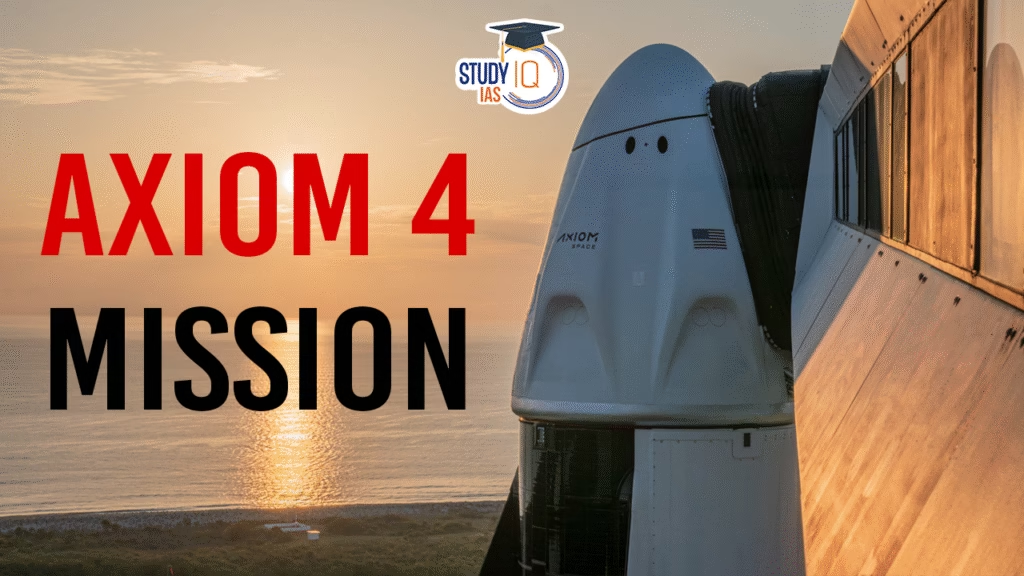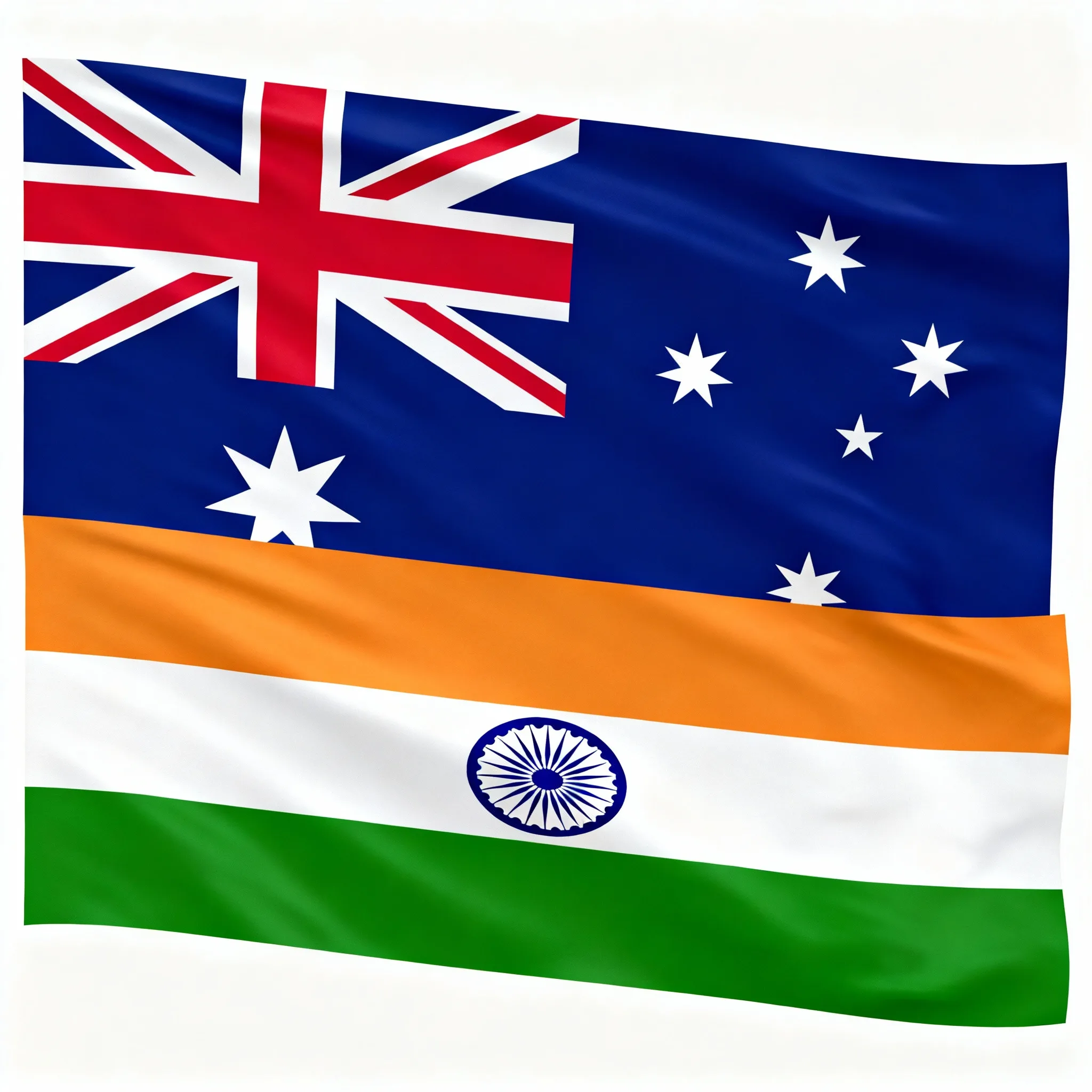India’s Time in Space: Axiom-4 Lifts Off – How Dragon Will Put Subhanshu Sukla Inside the ISS
In a historic moment for India’s space journey, Subhanshu Sukla, one of the crew members aboard the Axiom-4 mission, blasted off on a SpaceX Falcon 9 rocket in the Dragon capsule, headed straight for the International Space Station (ISS).
This event marks a significant milestone—not just for India, but for the evolution of private space travel. But how exactly will SpaceX’s Dragon spacecraft transfer Subhanshu Sukla and the crew into the orbiting space laboratory?
What Is Axiom-4 and Why It Matters
The Axiom-4 mission, managed by Axiom Space, is part of a growing wave of private space missions enabling international astronauts to conduct science, research, and technology demonstrations aboard the ISS. With NASA’s support and SpaceX’s proven Dragon system, this mission aims to expand human access to space.
For India, this is a proud moment as Subhanshu Sukla joins the ranks of astronauts reaching space via commercial partnerships—not through traditional government programs.

How the Dragon Capsule Docks with the ISS
Once the Dragon capsule reaches orbit, a pre-planned sequence is activated:
- Orbital Phasing: Dragon performs a series of burns to match the ISS’s altitude and speed.
- Rendezvous Approach: Using GPS, radar, and LIDAR, the capsule aligns precisely with the ISS.
- Autonomous Docking: The capsule uses sensors and AI to dock automatically with the Harmony module of the ISS.
- Pressurization & Hatches: Once securely docked, the air pressure is equalized.
- Welcome Aboard: Astronauts, including Sukla, float through the hatch to be greeted by the existing ISS crew.
Subhanshu Sukla: India’s Private Space Pioneer
Subhanshu Sukla’s journey represents more than personal achievement. It symbolizes India’s leap into a future where private astronauts can represent their nation on a global stage, contribute to international science, and inspire millions back home.
Onboard the ISS, Sukla is expected to carry out a mix of scientific research, educational outreach, and space medicine experiments that could benefit both Earth and future deep-space missions.
What This Means for India’s Space Future
India is already a powerhouse in orbital and lunar exploration, thanks to ISRO’s Chandrayaan and Gaganyaan programs. But the Axiom-4 mission shows that commercial partnerships and international cooperation are just as critical for building the space ecosystem.
With citizens like Subhanshu Sukla now becoming astronauts through private missions, the dream of more Indians reaching space is becoming a reality.
The Axiom-4 mission and Subhanshu Sukla’s participation highlight the dawn of a new era in space exploration—one that is global, commercial, and accessible. Watching the Dragon capsule autonomously dock with the ISS may look like science fiction, but for India, it’s a sign that the future is already here.
**Disclaimer: The Image in the article is taken from google is used for article which is generated by Chatgpt content.**











Join Us on Social Media!
Stay updated with the latest from EasyBuzz. Connect with us: